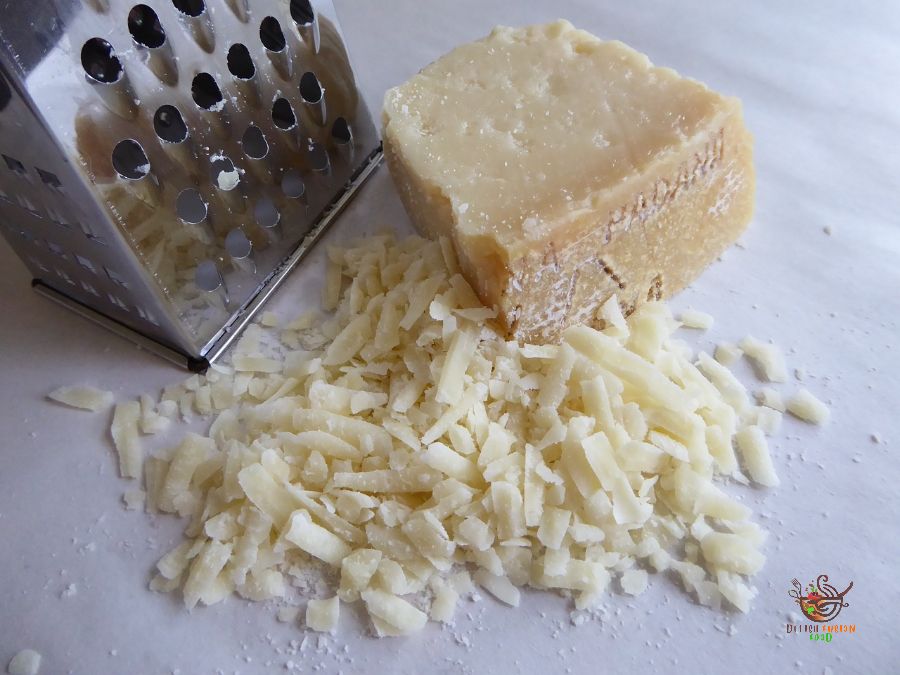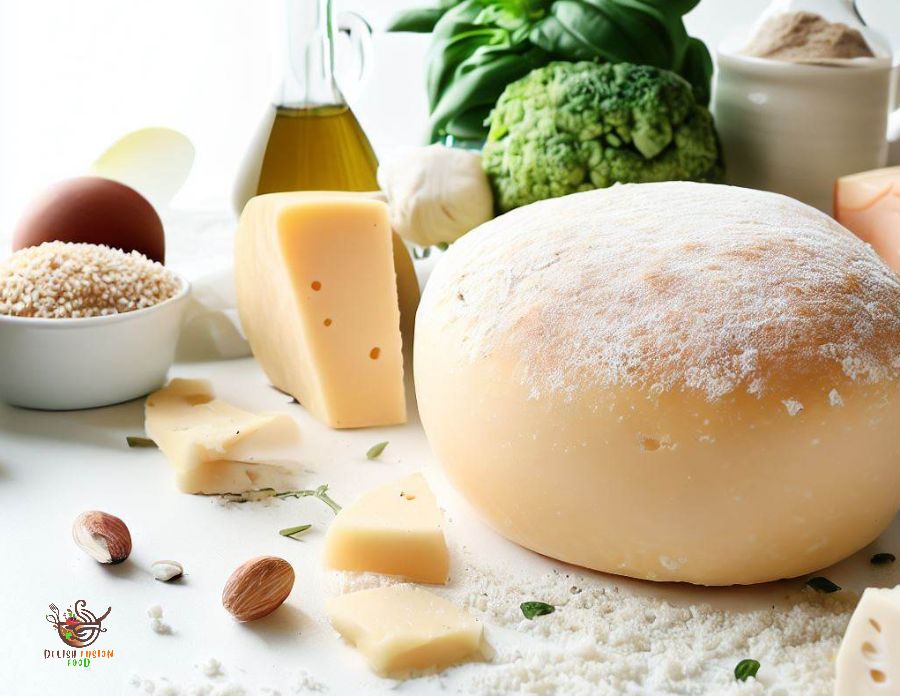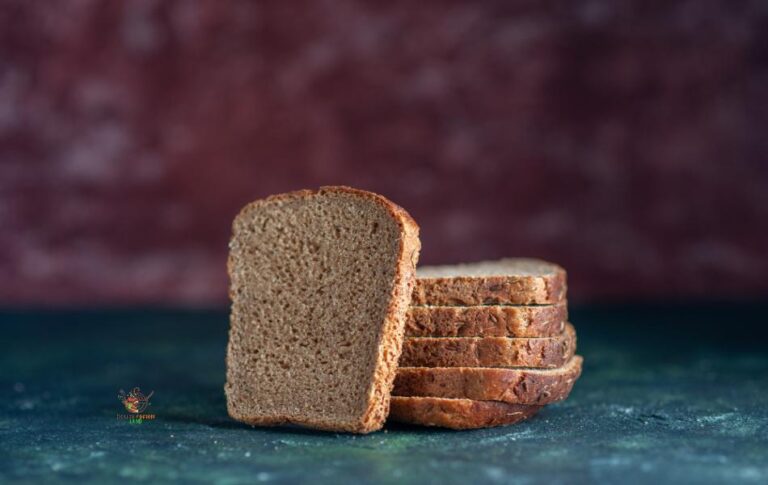Does Parmesan Cheese Melt? The Answer May Surprise You!
Parmesan cheese, celebrated for its rich flavor and distinctive texture, is a beloved ingredient in countless dishes. Nonetheless, a common question frequently arises among home cooks and food enthusiasts: Can Parmesan cheese melt?
This article explores Parmesan cheese‘s various forms, its melting characteristics, and expert tips to help you achieve the perfect melt. Whether you’re a seasoned chef or an amateur cook, read on to unlock the secrets behind melting Parmesan cheese.
In Short
Learn about Parmesan cheese’s melting behavior, including its unique characteristics, factors influencing meltability, and expert tips for achieving the perfect melt in different dishes.
The Basics: Does Parmesan Cheese Melt?
The melting behavior of Parmesan cheese is a topic of intrigue for many. Contrary to some misconceptions, Parmesan cheese does indeed melt, but there are essential factors to consider. The key factor influencing the meltability of Parmesan cheese is the type of Parmesan you choose to use.
Factors Affecting Parmesan Cheese’s Melting Properties
The science behind Parmesan cheese’s melting behavior is intriguing. Parmesan cheese contains relatively low moisture and a higher fat content, resulting in a slow flow and resistance to easy melting. When heated, some water evaporates, and the fat separates from the solid proteins, which can cause the cheese to become oily, clumpy, or grainy.
The age of the Parmesan cheese also plays a crucial role. Parmigiano Reggiano, the pinnacle of Parmesan cheeses, requires a minimum aging of 12 months. The longer it ages, the lower its water content becomes. Consequently, aged Parmesan doesn’t melt entirely; it merely softens.
Varieties of Parmesan Cheese

Parmigiano-Reggiano
This Italian Parmesan cheese is renowned for its quality. Produced following strict guidelines and aged for at least 12 months, it has a lower moisture content. While it doesn’t melt into a gooey consistency, it softens and imparts a creamy texture when heated, making it an excellent choice for specific dishes.
Grated Parmesan Cheese
Grated Parmesan cheese has a lower moisture content than other varieties, making it resistant to melting. While it won’t transform into a gooey, stretchy consistency like mozzarella, it can still add depth of flavor and texture to your dishes.
Shredded Parmesan Cheese
Shredded Parmesan cheese excels in melting, benefiting from its elevated moisture content. You can melt it over dishes like pizza, pasta, and soups. To accomplish this, sprinkle it over the dish and heat it in the oven. It won’t turn stringy but will impart its distinctive flavor.
Kraft Grated Parmesan Cheese
Kraft Grated Parmesan Cheese, commonly found in supermarkets, doesn’t melt in the traditional sense when exposed to heat. However, when subjected to higher temperatures, it softens, becoming spreadable. This makes it an excellent choice for dishes where you desire a melted cheese texture.
Why Doesn’t Parmesan Cheese Always Melt Well?
Parmesan cheese’s meltability depends on factors like its freshness and how finely it’s grated. Freshly grated or finely grated Parmesan offers better meltability compared to pre-grated, dry cheese. Also, adding a bit of liquid like milk, broth, or sauce can thin the cheese, making it easier to melt without making your dish too watery.
How to Melt Parmesan Cheese: Tips and Techniques
Now that we’ve explored the nuances of Parmesan cheese’s melting behavior, let’s dive into the practical aspects of achieving that perfect Parmesan melt.
Use fresh or finer-grated parmesan cheese
Opt for fresh Parmesan cheese, either grated or shredded, rather than pre-packaged, dry alternatives. The freshness of the cheese greatly influences its melting capabilities. Finely grated cheese is particularly effective because it offers more surface area for even heating.
Add a Small Amount of Liquid
To facilitate melting, consider adding a small amount of liquid, such as milk, broth, cream, or sauce. It helps to thin out the cheese and make it more amenable to melting. Be cautious not to overdo it, as excessive liquid can make it watery.
Use Lower Heat
Excessive heat can cause Parmesan cheese to become clumpy or oily. Instead, employ lower heat settings and melt the cheese slowly. This approach prevents the fat from separating from the solid proteins.
Stir Frequently
Stirring the cheese consistently while melting helps ensure even distribution and prevents clumping.
Bring it to Room Temperature
If your Parmesan cheese is straight from the refrigerator, allow it to reach room temperature by letting it sit out for 30-60 minutes before melting.
Methods of Melting Parmesan Cheese
- Oven: Preheat your oven to 375 degrees Fahrenheit. Spread the grated Parmesan cheese evenly on a parchment-lined baking sheet. Bake for 5-6 minutes or until the cheese melts and turns golden brown in spots.
- Stovetop: Melt Parmesan cheese on the stovetop by gradually adding grated cheese to your sauce. Heat the sauce over low to medium heat, stirring until the cheese is fully melted and incorporated. Simmer the sauce for a few minutes to achieve the desired texture.
- Microwave: To melt Parmesan in the microwave, use short bursts and stir frequently for even melting. Use low power settings to avoid it becoming rubbery or stringy.
- Oven for Casseroles and Pasta Dishes: For casseroles and pasta dishes, you can place Parmesan cheese slices on top and bake in the oven until the cheese is melted and bubbly. This method works well when you need to melt a small amount of cheese quickly.
Melted Parmesan in Various Culinary Applications
In its melted form, Parmesan cheese adds depth and complexity to a wide array of dishes. Here are some applications where melted Parmesan shines:
- Pasta Sauces: Incorporating melted Parmesan cheese into pasta sauces, such as Alfredo or carbonara, imparts a creamy, cheesy flavor and texture.
- Pizza Toppings: Parmesan cheese is a popular choice for pizza toppings. Although it won’t become stringy like mozzarella, it adds a rich and flavorful dimension to your pizza.
- Soup Enhancements: While not suitable for direct tossing into boiling soup, Parmesan can enhance flavor and richness when melted into or used as a garnish.
- Bread and Crackers: Parmesan cheese works wonderfully as a topping for bread and crackers. You can create a delicious cheese dip or spread by melting it and pairing it with your favorite dippers.
Frequently Asked Questions
Does Parmesan cheese melt in the oven?
It undergoes melting when exposed to oven temperatures.
What is Parmesan cheese’s melting point?
Parmesan cheese’s melting point is between 105°F and 110°F (40°C to 43°C), making it relatively easy to melt in most cooking processes.
What causes Parmesan cheese to resist melting in Alfredo sauce?
Due to its low moisture content and characteristics, it does not typically melt smoothly in Alfredo sauce. Creamier cheeses like mozzarella or cheddar are better suited for creating a silky cheese sauce.
See Also – How to Keep Cheese Dip Warm and Delicious
In the world of cheese, Parmesan stands as a unique entity with its specific melting characteristics. While it won’t become gooey like other cheeses, Parmesan can be melted with care. Its bold and complex flavor, sharpness, and nuttiness make it a favorite among chefs and home cooks. So, the next time you wonder whether Parmesan cheese melts, remember that it does, and with the right approach, it can elevate your culinary creations to new heights.







